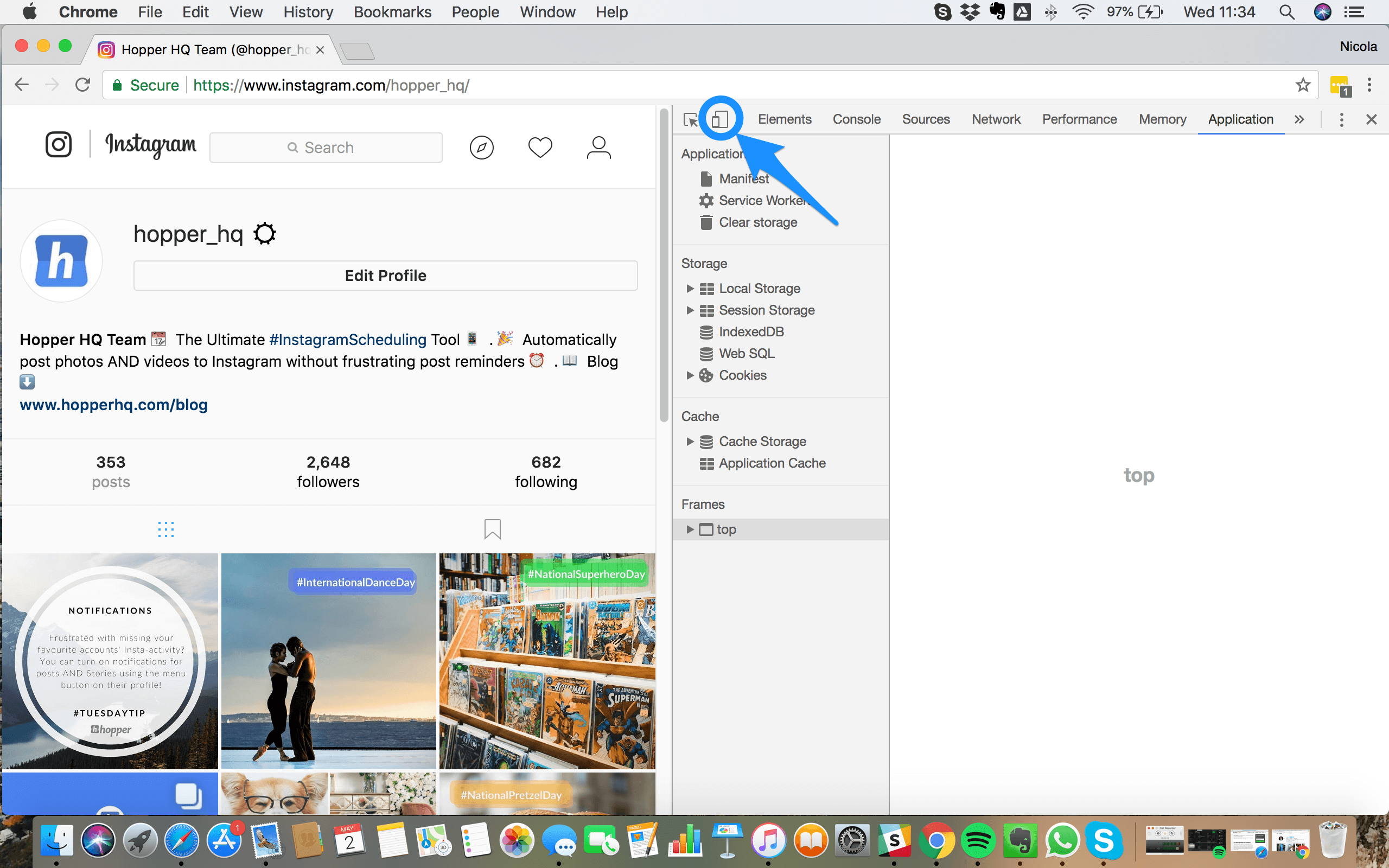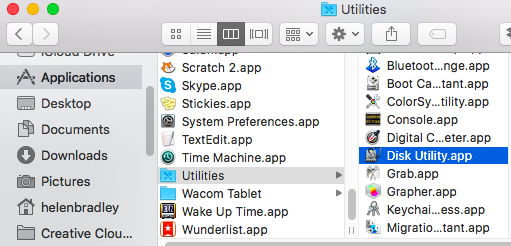- Install Fonts For Mac
- Free Fonts For Mac
- System Fonts For Mac And Pc 2018 New Year Wallpaper
- Mac System Font Size
Mac OS X does not require these additional fonts for system operation. An admin user can modify the contents of this folder. This is the recommended location for fonts that are shared among applications. Copy the font files that look like suitcases in Mac (much like a font folder) to a usb drive and copy to your PC. After transfering to windows folder, on windows explorer where the copied fonts are visible click Tools>Folder Options in View tab, tick the 'Show hidden files, folders, or drive', a transparent Resource will appear, and the fonts. Fonts are not just text. A fonts is a visual statement just like a carefully chosen image and other graphic elements. However, when designing corporate presentations that need to travel outside the organization, using a unique font is risky, no matter how beautiful it is.
Most mortals, with the exception of graphic designers, almost never think about fonts. But ignoring your fonts can lead to trouble. Font mishaps can be the source of mysterious application and computer crashes, slowdowns, poorly substituted fonts in print, and other perplexing problems. Just one corrupt font can be very bad news.
The New Font Order introduced in OS X made font handling—always tricky at best—even more complex. Here’s how to diagnose and solve some of the most common problems. (For a basic OS X primer, see End Font Frustration. If you’re having trouble with duplicate fonts, look here.)
The Doubting Deleter
I removed some fonts from my Font folder to shorten my Font menus. Now my Mac crashes on startup. What happened?

Install Fonts For Mac
You may have removed fonts with names you didn’t recognize or fonts you don’t use from your /System/Library/Fonts folder. Unfortunately, Mac OS requires some of those fonts in order to function properly.
If you remove LucidaGrande.dfont, for example, your system won’t boot. By the same token, some programs (Address Book, for one) need Helvetica to display text correctly. OS X must have the following fonts: the AquaKana.otf family, Keyboard.dfont, LastResort .dfont (a special font used to show missing characters in other fonts), and LucidaGrande.dfont (the font most of the system uses for menus and dialog boxes).
If you work in the Classic environment at all, make sure you don’t delete Charcoal, Chicago, Geneva, Monaco, or New York from Classic’s Fonts folder (OS 9 System Folder/Fonts).
Basically, deleting fonts that come with OS X (especially anything in /System/Library/Fonts) is dangerous. The safer route is to deactivate the ones you don’t use. See the next section for details.
Massive Font Menus
My Font menu is huge and unwieldy. Is there a safe way to remove fonts and confine my choices to the ones I use?
The easy, free way to depopulate your Font menu is to use Font Book (in your Applications folder). Font Book offers a friendly interface that lets you view fonts individually or in family groups—for example, Arial italic, bold, and regular. Most important, Font Book can deactivate fonts. In other words, instead of deleting a font from the operating system, Font Book simply removes it from your Font menus.
You could use Font Book to deactivate those foreign-language fonts you never use (See screenshot), for instance. Here’s how:
1. Launch Font Book.
2. You’ll see a Collection column, a Font column, and a preview window. From here you can see each font individually or within its collection. For instance, you’ll see Korean, which includes six fonts, and Japanese, which includes four.
3. You can deactivate these fonts one by one, shift-click to select a contiguous group to deactivate, or option-click to select a group of individual fonts. After you make your selection, click on the Disable button (in Tiger, click on the check-box icon). In the dialog box that appears, click on Disable again. In Panther, you can also disable an entire collection by selecting Font Book: Preferences and then activating the Disabling A Collection Turns Off All Fonts In The Collection option. In Tiger, select the collection and choose Edit:Disable collection name.
Free Fonts For Mac
The fonts won’t disappear from most Font menus until you close and relaunch your programs. If you ever need to write a note in Japanese, return to Font Book and follow these steps again, but you’ll instead click on the Enable button to reactivate the needed font.
Where’d Everything Go?
When I open Font Book, I can’t see some of the fonts I’ve installed. What’s going on?
While Font Book gives you a lot of control over activating and deactivating fonts, it won’t display fonts you’ve installed with other type managers. If you work primarily in Apple’s TextEdit, Mail, Pages, or Keynote, then use OS X’s Font panel to view and organize your fonts. This sophisticated font viewer appears only in Apple’s OS X-native applications and a few other applications that support it. In addition to letting you view fonts, the Font panel lets you organize fonts into collections, as well as select and manage them so you can find and use them easily.
To access the Font panel in TextEdit, for example, select Format: Fonts: Show Font. The Font panel will appear.
Apple has created some default collections for you, such as Classic, Fixed Width, Fun, and Modern. You can add, delete, and replace collections at will. Here’s how to create a new collection:

1. In the Collections column, click on the plus-sign button (+). A new, unnamed collection will appear in the column. Name it anything you want.
2. Select the All Fonts collection at the top of the column. In the middle column, you’ll see all the enabled fonts in your system.
3. Select the fonts you want in your new collection and then drag and drop them onto the collection you just made. It doesn’t matter if they’re activated. When you click on your new collection icon, you’ll see the fonts you moved.
Porting PC Fonts
I’ve just switched to the Mac from Windows. How do I rebuild my font collection?
The good news is that you don’t have to. In OS X 10.2 and later, your Mac can display Windows fonts as easily as Mac fonts. In the past, the major incompatibility between Mac and Windows fonts was that Mac font files included both a data fork and a resource fork—Windows files have only a data fork. As of OS X, however, Apple created a new font format, dfont (or data-fork TrueType font), which stores all its resources in the data fork. So OS X can now display Windows TrueType and Unix fonts as well as all Mac and OpenType fonts. And you can install all the fonts from those megafont CDs with no worries.
Mysterious Crashes
My system keeps freezing and hanging, my apps crash for no reason, and everything is running slowly. I fixed my permissions, ran a diagnostic utility, and updated my virus definitions. But none of this has helped. What’s wrong?
Corrupt fonts or font caches may be to blame (see next page for information about cache problems). System crashes and other troubles with your hard drive or operating system can cause font corruption. Crashes are particularly damaging to fonts, and since your fonts are open during a crash, any document you’re working on, and the fonts associated with it, can become corrupted. It’s all too easy to overlook font corruption as a potential problem, but your computer’s performance will suffer until you figure it out and fix it.
While there are fewer instances of corrupt fonts in OS X, legacy fonts from earlier Mac operating systems, and fonts from nonstandard vendors, can still cause problems. OS X checks automatically and deactivates fonts that look corrupt. But the only way to repair them is to buy and run a third-party font-repair utility. Many commercial packages are available, and most offer demo versions so you can try them out ( click here for a list of all recent reviews). —Jackie Dove
Tired of foreign-language fonts clogging your menus? It’s easy to disable them with Panther’s (or Tiger’s) Font Book application.Install fonts
Double-click the font in the Finder, then click Install Font in the font preview window that opens. After your Mac validates the font and opens the Font Book app, the font is installed and available for use.
System Fonts For Mac And Pc 2018 New Year Wallpaper
You can use Font Book preferences to set the default install location, which determines whether the fonts you add are available to other user accounts on your Mac.
Fonts that appear dimmed in Font Book are either disabled ('Off'), or are additional fonts available for download from Apple. To download the font, select it and choose Edit > Download.
Disable fonts
You can disable any font that isn't required by your Mac. Select the font in Font Book, then choose Edit > Disable. The font remains installed, but no longer appears in the font menus of your apps. Fonts that are disabled show ”Off” next to the font name in Font Book.
Remove fonts
You can remove any font that isn't required by your Mac. Select the font in Font Book, then choose File > Remove. Font Book moves the font to the Trash.
Learn more
macOS supports TrueType (.ttf), Variable TrueType (.ttf), TrueType Collection (.ttc), OpenType (.otf), and OpenType Collection (.ttc) fonts. macOS Mojave adds support for OpenType-SVG fonts.

Mac System Font Size
Legacy suitcase TrueType fonts and PostScript Type 1 LWFN fonts might work but aren't recommended.